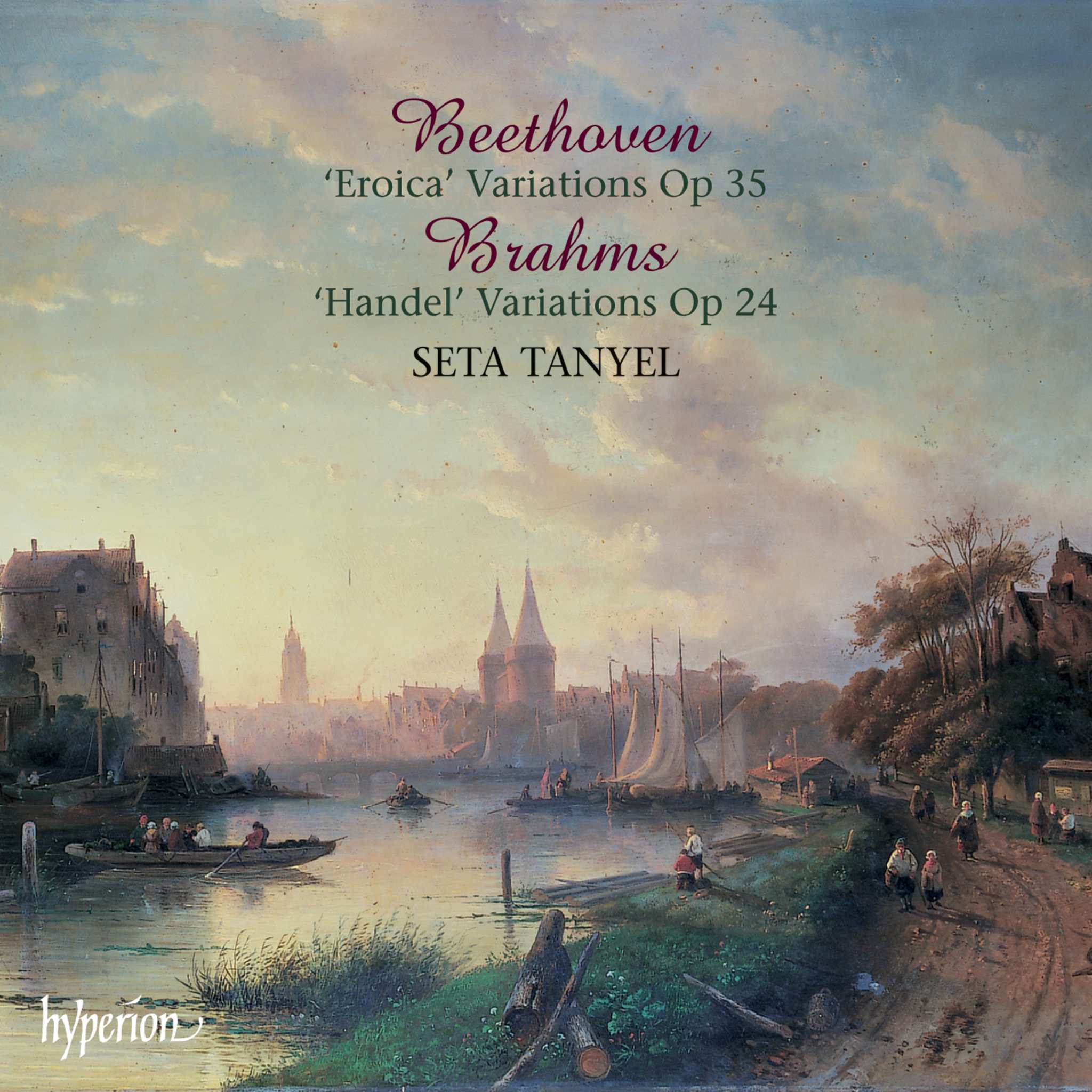Album insights
At the young age of 17, Ernst von Dohnányi's career as a composer kicked off in a promising manner. During his summer break in July 1895, after completing his first year at the Royal Hungarian Academy of Music (now the Franz Liszt Academy), he received a postcard from his composition teacher, Hans Koessler. Koessler was vacationing in Bad Ischl, where Johannes Brahms, his friend, was also spending the summer. Koessler had shared with Brahms about Dohnányi's piano quintet, which had been a triumph at the end-of-year performance. Impressed, Brahms requested the scores and, unable to travel to Bad Ischl, Dohnányi had Arthur Nikisch and the Kneisel Quartet perform the quintet for him. Brahms was astounded and remarked to Koessler, "I couldn't have done it better myself." Subsequently, he arranged a performance of the piece in Vienna on November 25 of that year, featuring the Fitzner Quartet with Dohnányi on the piano.
Listening to the Piano Quintet No. 1 in C minor, Op. 1, one can easily see why Brahms was so impressed. This four-movement piece aligns itself with the grand romantic tradition, showcasing a mastery of form and counterpoint exceeding typical expectations for a student work. The first movement, an Allegro, unfolds as a dark march in sonata form with expansive melodies and a Coda transitioning the main theme to C major from the original C minor. The second movement, a lively Scherzo infused with humor, would become a hallmark of Dohnányi's brilliant composition style. Titled "Adagio, quasi andante," the three-part third movement reminiscent of Schumann captivates with its lyrical beauty in melodies and counter-melodies. Finally, the Finale, an Allegro animato, stands as a sonata rondo with playful asymmetric 5/4 meter. Towards the end of this movement, Dohnányi returns to the main theme of the first movement, again in C major, bringing his first masterpiece to a jubilant close.
Though praised by Brahms for maintaining romantic musical traditions, Dohnányi faced criticism from Hungarian modernists who accused him of imitation and even branded him as unpatriotic. Reviews following the world premiere of his piano quintet further fuelled this critique. Despite early scrutiny, Dohnányi never strayed far from the conservative musical training acquired at the academy, heavily influenced by German musical culture. The academy's strong emphasis on German music culture during that period shaped Dohnányi's musical identity significantly, leading him to assert, "All my themes are original, perceived as Hungarian because I am Hungarian."
In 1897, Dohnányi completed his piano and composition studies at the academy, moving on to further studies under renowned pianist Eugen d'Albert. Over the next eight years, he established himself as a leading pianist and composer, performing worldwide while composing pieces like the String Quartet in A major, Op. 7, and the Serenade for String Trio, Op. 10, among others.
Accepting a position in Berlin in 1905, Dohnányi composed his String Quartet No. 2 in D-flat major, Op. 15, the following year, demonstrating a slight departure from conventional symphonic structures. Despite some experimentation in his compositions, evident in the structural changes observed in his second quartet, Dohnányi remained rooted in tradition.
By 1914, Dohnányi had reached the peak of his career as both a pianist and composer. This was marked by significant works such as his Variations on a Nursery Tune, Op. 25, followed by the complex Piano Quintet No. 2 in E-flat minor, Op. 26. Moving into the late 1910s, tensions arose between his Brahms-inspired musical inclination and the rise of modernism among Hungarian composers.
As Dohnányi's influence grew in Hungary, clashes with modernist composers escalated, with accusations of hindering their progress. Fleeing Hungary in 1944 amid the turmoil of war, he faced severe criticism from embittered musicians back home, challenging his loyalty to Hungarian culture.
Despite falling into obscurity posthumously due to evolving musical trends, a modern reevaluation of Dohnányi's works suggests a critical reassessment of styles rooted in late Romantic traditions like his. Analyzing his compositions with a newfound perspective reveals not just echoes of Brahms but also his distinctive and fervent compositional voice, differentiating him from mere imitation. Ultimately, his dedication to musical traditions instilled by Koessler and Brahms significantly influenced the reception of his oeuvre over decades.




